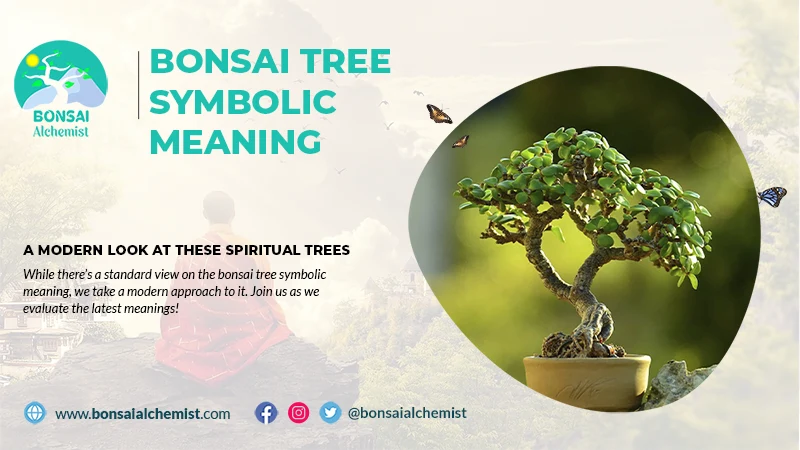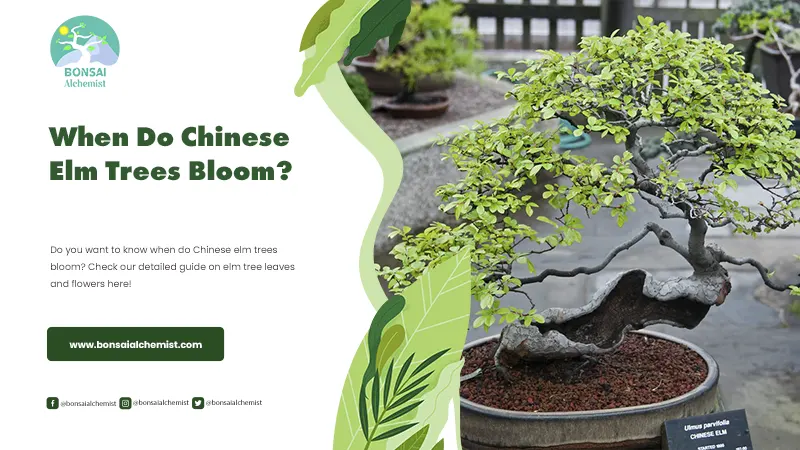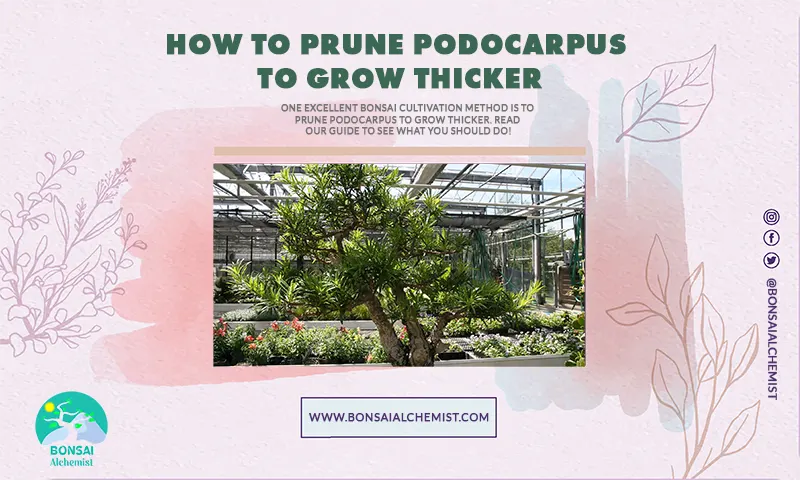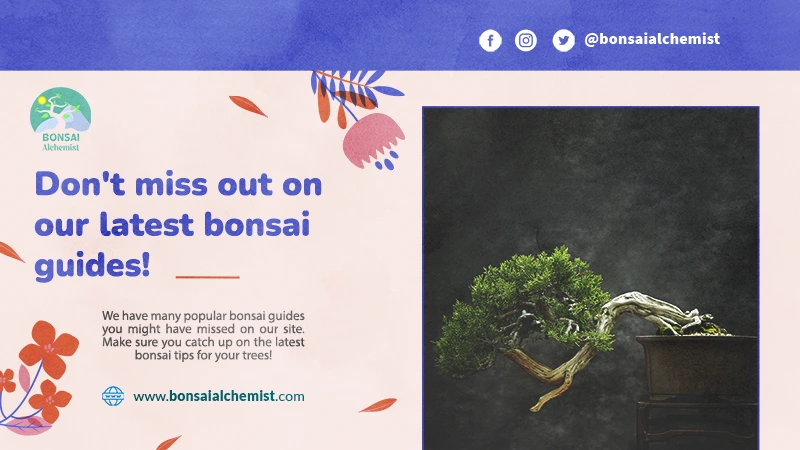Dealing with Pests on Your Bonsai Tree
Pests may be a sign that your tree is not growing in the right conditions, be it overwatering or little sunlight. There are different types of pests that may affect your tree, some more detrimental than others. Nothing beats removing pests by hand before applying pesticides. Here’s our quick guide on dealing with pests on your bonsai tree.
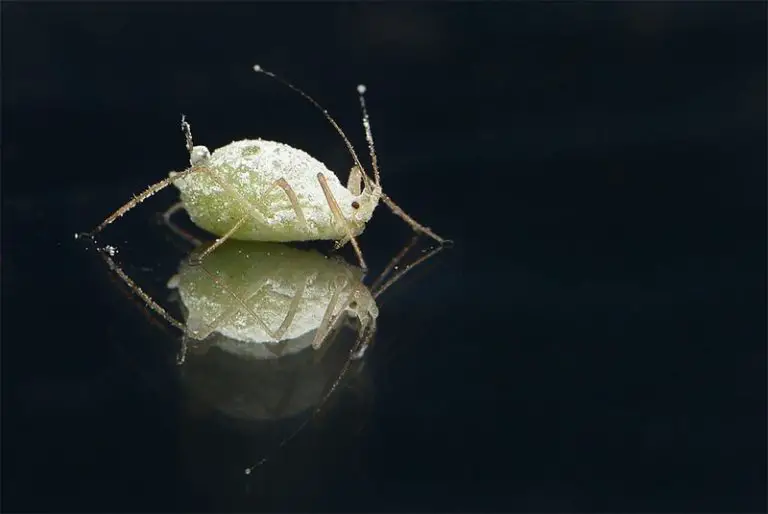
Types of Pests You’ll Deal with on Your Bonsai Tree
There are many kinds of pests you might need to deal with when it comes to bonsai care. Here’s a rundown of the more common ones.
Ants
Ants themselves are not much of a big deal. However, they carry aphids eggs and sooty molds, and that could be a problem. Another issue with ants is that they may build a nest in your tree to excavate your growing media.
Ants are a sign that your tree is not watered correctly, except for the case of trees like pine that prefer growing in dry conditions. The use of pesticides goes a long way and will protect your plant from contracting any infection. Pesticides like Koinor and Kemprin serve as soil drenches and protect your tree from other pests.
Aphids
The most common and evil of all pests are aphids as they are difficult to spot. Aphids are generally green, although you can also spot them in grey and black. They’re normally found on stems or the bottom of the leaf. These pests can cause damage in a short period. Therefore, you should always be on the lookout if you want to care for your bonsai properly.
We have a detailed bonsai tree care guide with all the relevant information. Check the guide out here!

Weak leaves and branches are usually the first symptoms of Aphids. Furthermore, aphids create a sticky solution called honeydew; you may see trails of ants around your tree. As a result of honeydew, you may notice some sooty mold as well.
To rid your plant of these sap-sucking pests, you need to wash off the affected area. The most recommended insecticide is Koinor as it protects your plants from other pests as well. Plant care is a broad spectrum and acts in about 4 weeks which is faster than Koinor. Other suitable insecticides include Seizer and Rose Protector.
Caterpillars
Caterpillars are a great example to explain how beautiful we grow, yet they are not so great for your trees. These pests are attracted to the leaves of your plants and will strip the tree of its leaves to the stem. Fig Bonsai falls victim particularly to seasonal small black caterpillars. You’ll quickly spot the damage from chewed leaves.
The most effective treatment is hunting them down and removing them by hand. Caterpillars camouflage at times and hide away from sunlight, so be sure to check under the branches and leaves. Plant Care and Seizer will help you control not just the caterpillar situation but more of your other pests issues as well.
Mealybugs
These furry bugs are normally found in groups, underside branches, or leaves of your tree and sometimes lead to the development of black sooty mold. There are types that may attack the roots of the tree, it is important to check when re-potting.
You’ll notice them by white fur, that looks like a cotton ball, this is the wax they use to protect themselves. Mealybugs suck the sap of your trees, leaving the tree underdeveloped and leaves saggy. If ever these pests are not taken care of in time, the trees will turn yellow and eventually die.
There are different pesticides you can use to rid yourself of any mealybug problem. During the slumber season, use Lime Sulphur. It’s most effective in winter and will treat other pests as well as fungi problems. Koinor, Plant Care, or Seizer are most effective during the growing period.
Borers
Tree borers often include insects like beetles, wasps, ad moths, and they lay their eggs which hatch into larvae that destroy the life of the tree. The larvae chew all through the tissues and fibers of the trees.
This in turn weakens the tree, and if left untreated will lead to branches of your tree snapping and breaking easily under pressure. You will notice the presence of the adult even in its absence by the small holes left by the larvae.
If you find that you already have a borer-damaged tree, there is only one possible solution: burn the tree, throw it away. However, you should get rid of it, just prevent it from affecting other plants. Your tree cannot be revived from the havoc unless the damage is only minor.
Prevention is better than cure. Borers mostly attack trees that appear weak, especially trees that are pruned heavily. After pruning, it is crucial to seal the cuts and applying wound paste for fast recovery of the tree. Borers will easily get access to the inside of your tree through these wounds.
Some chemicals like Koinor and Plant Care kill most forms of pests that attempt to enter the tree. However, if you fail to prevent the adult borer from laying eggs, you can attempt to regularly squirt doses of plant care with a syringe, to try and kill off the developing larvae. This method will only be effective if there hasn’t been much damage caused.
Scale Pests
You can find scales in various colors from brown, yellow, white, and even black. At a young age, they often wander around the tree but eventually set in one spot where they suck the sap of the tree. You’ll notice them like bumps on the trunks or the foliage, grouped together, this makes them not be easily spotted.
Usually, you find ants and the black sooty mold on trees with scale pests. These pests weaken the tree, turning the leaves to yellowish color and eventually wilting.
Dealing with scale pests is a bit challenging as they may repel pesticides like Koinor, because of their protective shell. However, little drops of alcohol or surgical spirits will help to weaken the shell. Paraffinic oil coats and smothers the insect and it can be added to other treatments and serve as a fungicide.
Whitefly
Whiteflies are usually found under the leaves in groups. These pests can be present in any season including winter, which makes spraying your plants with lime sulfur crucial. Whiteflies suck the sap of your tree, living the foliage with silvery lines remaining behind.
Upon sucking, whiteflies secrete honeydew, which can result in fungal diseases such as sooty black mold. Whiteflies do not only leave your leaves dry and yellow in color, they further weaken the tree and lead to it being underdeveloped.
The best treatments to opt for are always Koinor and Plant Care. Plant care acts immediately, whereas Koinor needs a strong-growing tree for the treatment to run all the way down to the roots.
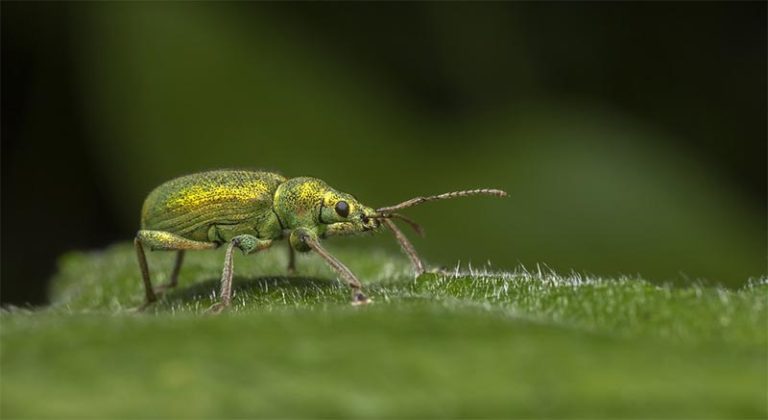
Tips for Making Bonsai Trees Less Attractive to Pests
While there are many dangers for your beloved bonsai, there are many ways you can prevent them from becoming a problem in the first place.
Less Humid Environment
Most pests are attracted to the wet stems of the trees, try to make the environment surrounding the tree to be as less humid as it is possible. This includes being cautious that you do not overwater your trees.
Manual Removal
If you can spot pests around your plant, remove them by hand immediately. Get rid of all the infected foliage and any other waste material around your tree. Be careful when removing these insects as some fly and might jump into your eyes.
Use Garlic
Garlic is not just a tasty ingredient for cooking, it is also a great tool to rid yourself of any pests. Although the smell quickly disappears, it still has a great effect. Making this concoction is simple, you just garlic and add it to water and you have yourself an insecticide.
You can also cut some garlic cloves into pieces and place them around the roots of your tree. Remove them when they begin to rot and replace them.
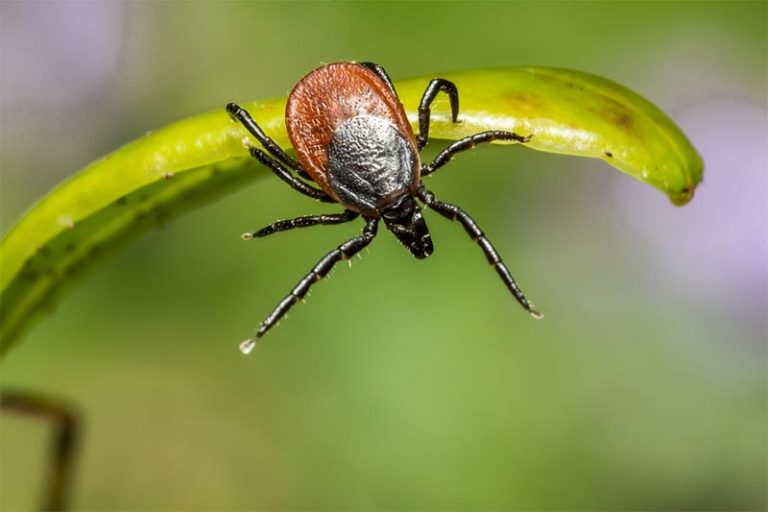
Final Thoughts
Having pests can be annoying as much as it is detrimental to your plants. Some of these pests are not that harmful, and others suck sap from your tree, which damages the natural growth of the tree. The most effective solution is to immediately get rid of the affected parts of your Bonsai to ensure that no other plants become affected.
Regardless of how bad it is, some pesticides will defeat your bug problems. The most effective ones include Koinor and plant care. To spring this up, you can create your own pesticide, with just garlic and water. Pests are a problem for Bonsai trees, but there is no problem without a solution.


